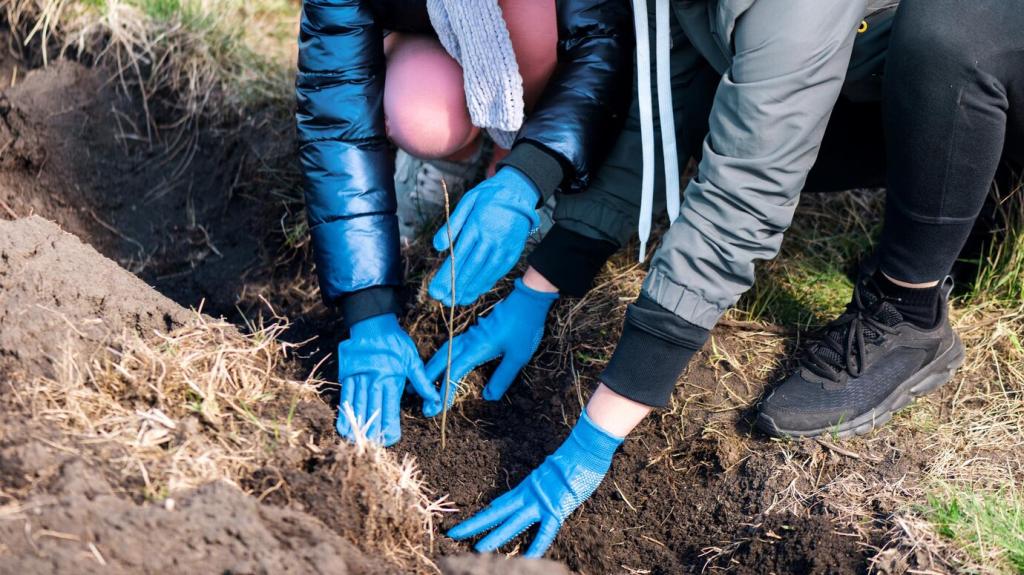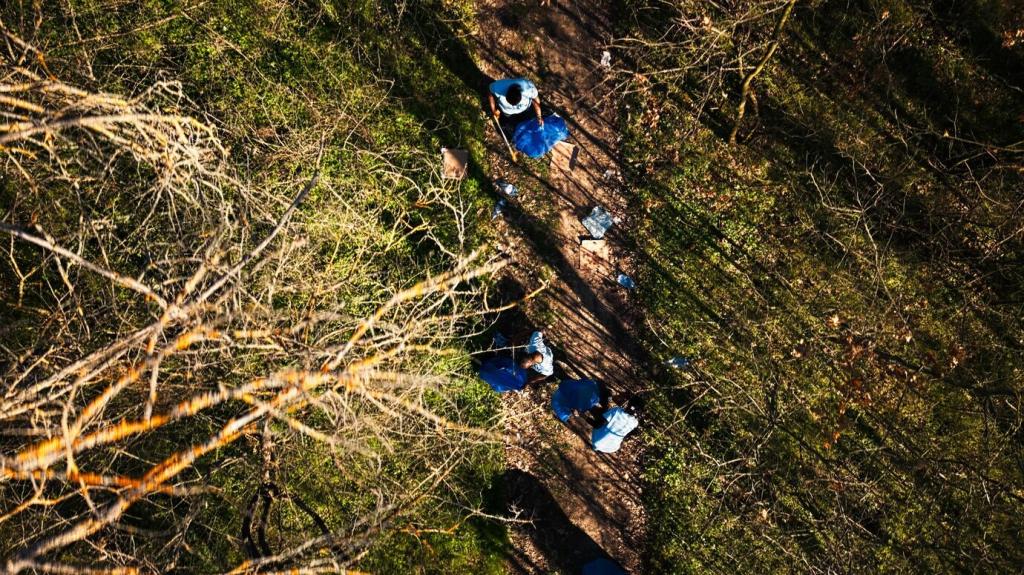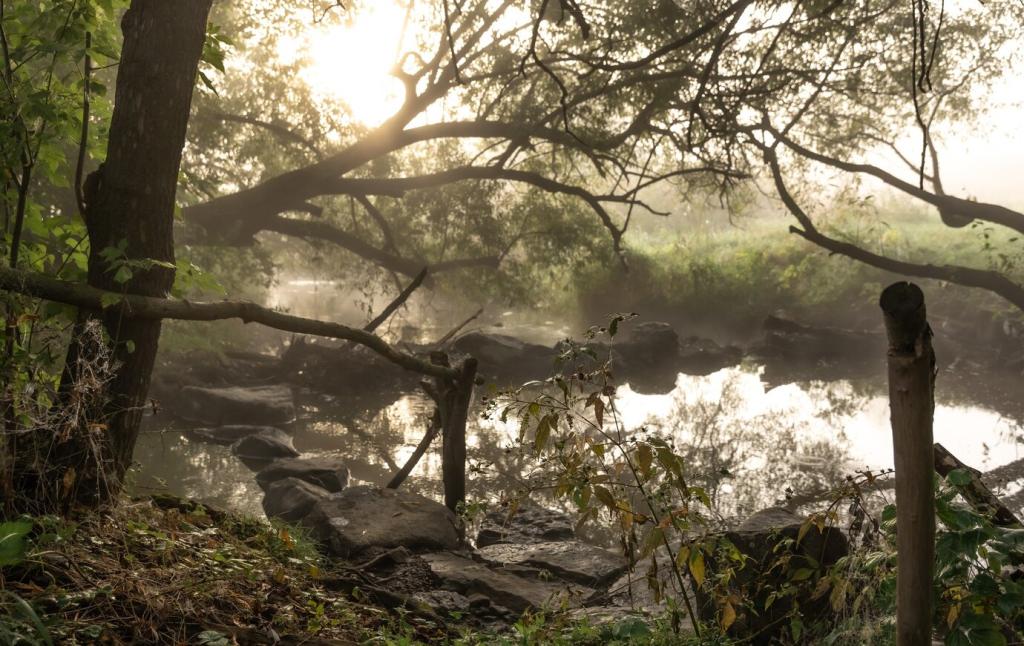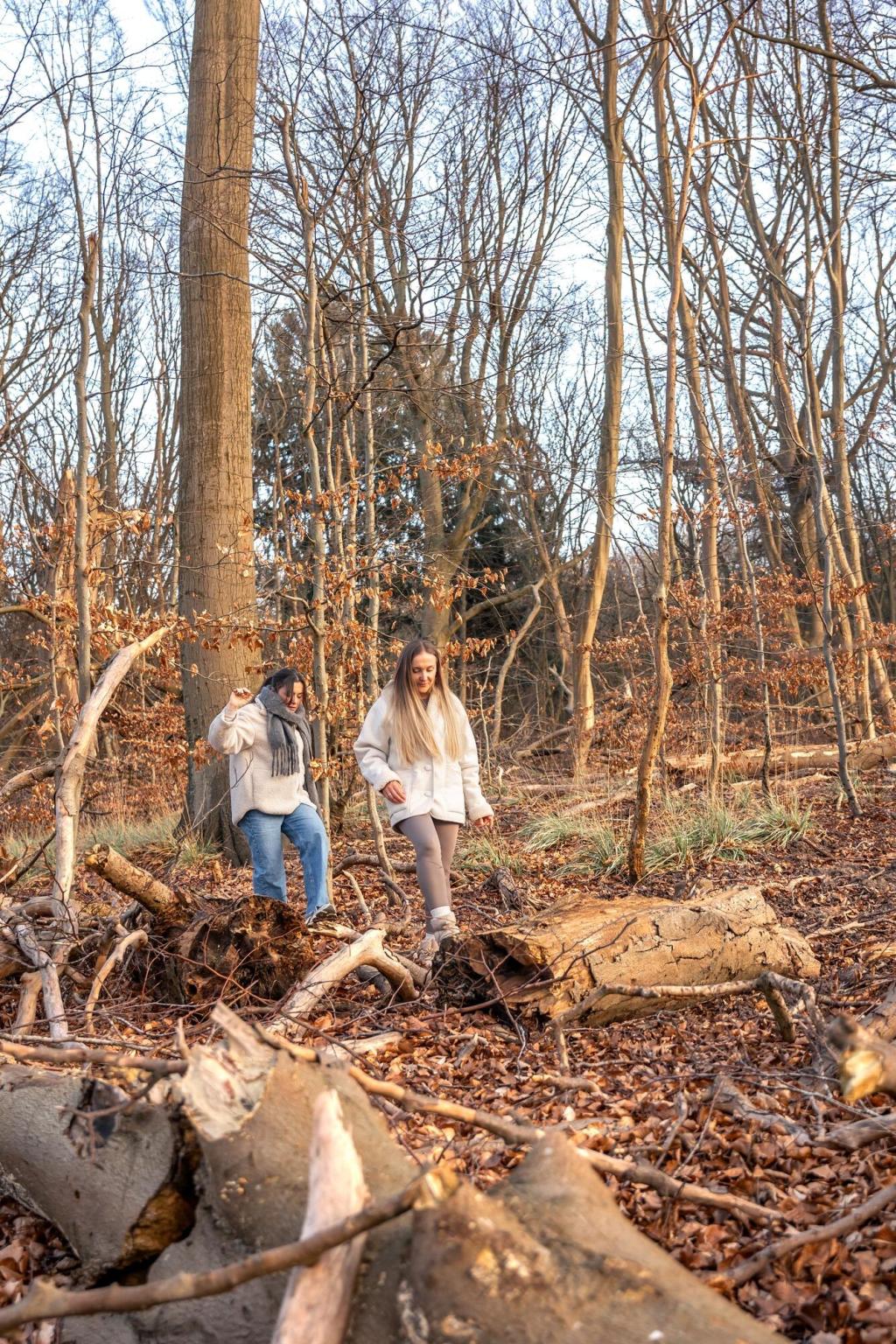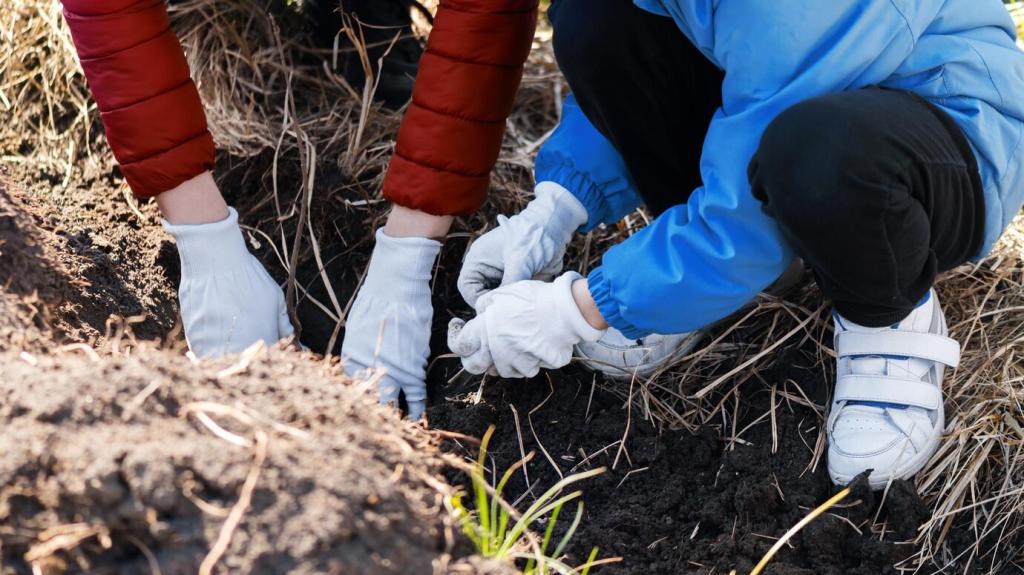Wildlife, People, and Everyday Encounters
Leaf litter, deadwood, and layered vegetation in microforests create shelter, foraging, and nesting options. Lawns and clipped hedges favor generalists but limit specialists that need vertical structure and hidden microhabitats. This complexity encourages seasonal surprises—migrating warblers one week, native bees buzzing among blossoms the next.
Wildlife, People, and Everyday Encounters
Standing inside a microforest, the air smells of damp soil and resin; textures shift underfoot; birdsong dampens traffic noise. Such multisensory experiences support attention restoration. Open lawns excel for picnics and sports, but microforests can offer restorative micro-escapes within a five-minute walk of busy streets.

